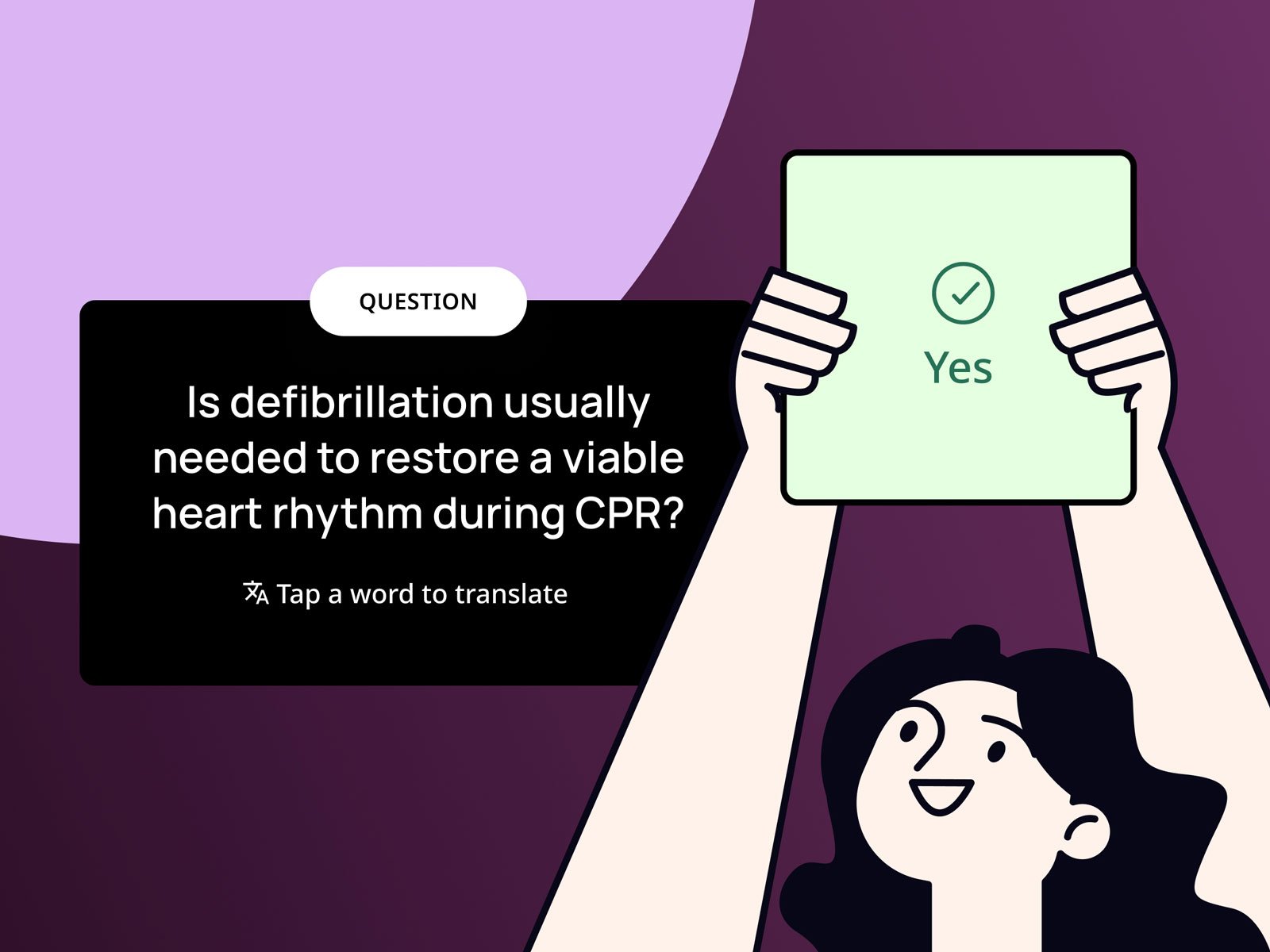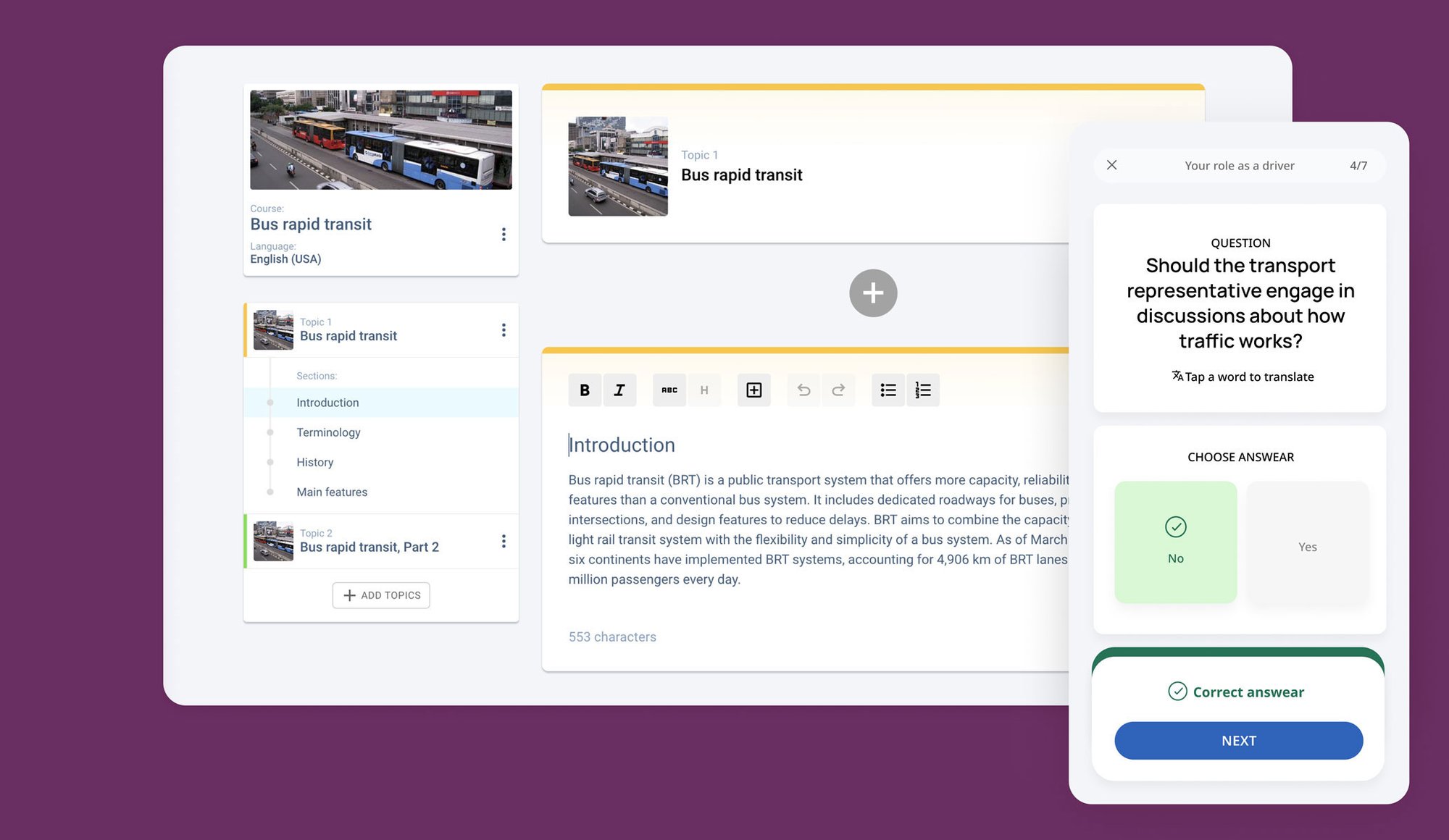The psychology behind gamified learning
What makes gamified learning so effective lies in the psychology behind it. Let's explore the science behind why gamification enhances engagement, motivation, and, ultimately, learning outcomes. By tapping into our innate desires for competition, achievement, and interaction, gamified learning creates an environment where education becomes not just a task, but a rewarding experience.
Intrinsic motivation
One key factor of gamified learning is the concept of intrinsic motivation, which refers to the internal drive and enjoyment derived from the learning process. By incorporating fun game elements, such as challenges, rewards, and progression, gamified learning taps into this intrinsic motivation and boosts learners' engagement and willingness to learn.
A 2012 study showed that intrinsic motives impact employee engagement three times more than extrinsic motives, which use rewards or incentives as motivation. For example, praise, fame, or money.

Immediate feedback and positive reinforcement
Gamified learning is also powerful thanks to the immediate feedback and positive reinforcement it provides to learners. Through visually appealing graphics, games, and animations, learners receive instant feedback on their performance, reinforcing positive behaviours and correcting misunderstandings. Staff can see that they’re making progress, which can make them feel good. This feedback loop boosts people’s confidence, encourages them to take risks, and promotes continuous improvement.
Research shows that delayed feedback impairs reinforcement learning by reducing reward positivity compared to immediate feedback conditions. Reward positivity refers to a specific brain response that occurs when we experience something rewarding or positive.
Autonomy and control
Another psychological aspect of gamified learning is its ability to create a sense of autonomy and control. By offering staff choices and freedom when they’re studying, they often feel a greater sense of ownership over their learning journey. This autonomy increases motivation and empowers employees to take responsibility for their own learning and development.
This part of gamification also links with the concept of flexible learning. When learners have the freedom and opportunity to choose when and where they study, again, they can feel a greater sense of ownership over their education.
The self-determination theory argues that autonomy support is essential for fostering optimal learning, growth, and functioning in students across all levels.
Cognitive load theory and microlearning
Furthermore, gamified learning incorporates the principles of cognitive load theory. This theory suggests that most people have a limited capacity for processing information. By breaking down complex concepts into smaller, more manageable chunks, gamified learning reduces cognitive load and boosts learners' understanding and retention of the material.
This theory also links in with microlearning and nano learning - two growing study methods that focus on providing information in short, engaging bursts. Both microlearning and nano learning are closely linked with gamified learning.
The ‘Zeigarnik effect’
Moreover, gamified learning takes advantage of the psychological phenomenon known as the ‘Zeigarnik effect.’ This effect claims that people tend to remember incomplete tasks better than completed ones. By structuring learning activities as quizzes, quests, or missions with multiple stages, gamified learning creates a sense of unfinished business, keeping learners engaged and motivated to complete their journey.
Flow
Lastly, gamified learning taps into the psychological concept of flow. Flow is a state of complete immersion and focus in an activity, where time seems to fly by and people can experience a sense of deep enjoyment and fulfilment. By designing fun learning experiences that balance challenge and skill, gamified learning creates a flow state, boosting learners' engagement and enjoyment.
Research shows that flow states in training facilitate positive emotions in e-learners and enhance their academic achievements. Flow makes the learning process more enjoyable and rewarding, contributing to better educational outcomes.








